1. Forgotten Mannequins
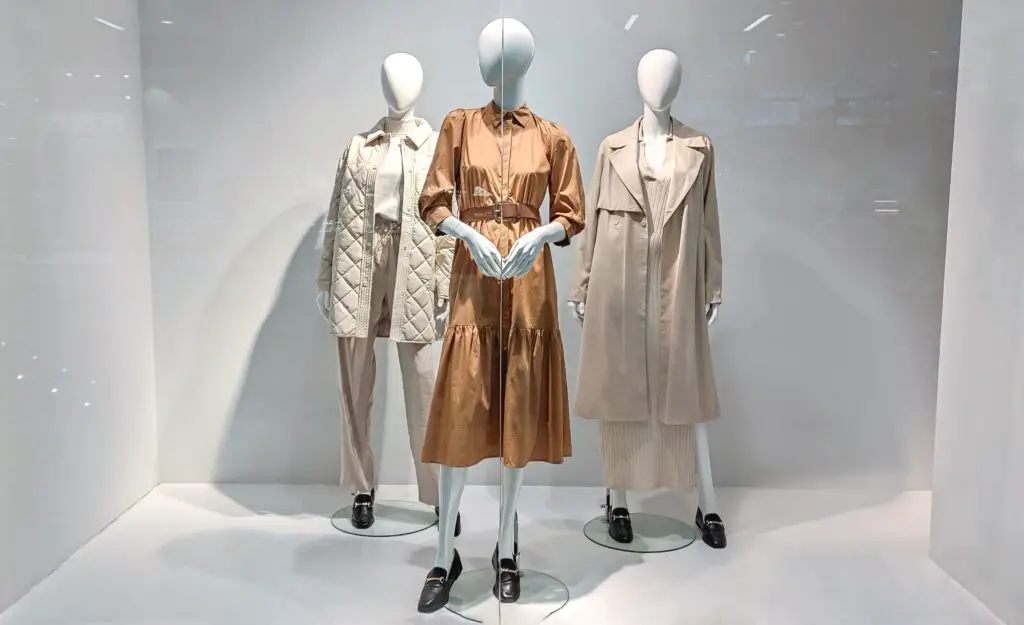
Picture walking into an abandoned theater and spotting a figure sitting in the front row. At first, your heart skips because you’re sure it’s a person staring back at you. Then you realize it’s just a mannequin, left behind from decades ago. Theaters often used them for costume fittings or to test lighting, and when buildings closed, they were simply abandoned. Some still wore elaborate costumes, looking like audience members frozen in time. In low light, they could easily be mistaken for something else. The stillness of a mannequin in a space meant for life and applause is enough to chill you.
What makes mannequins especially creepy is the sense of presence they create. They don’t belong in empty seats, yet there they sit, silently watching. Employees who had to clean theaters at night admitted they sometimes avoided certain rows because of them. Even if you remind yourself it’s just plastic and fabric, it doesn’t help much in a dark room. When you add decades of dust and decay, they begin to look even more lifelike. They are a haunting reminder of performances long past. It’s almost as if the mannequins became the final, eternal audience.
2. Decaying Costumes
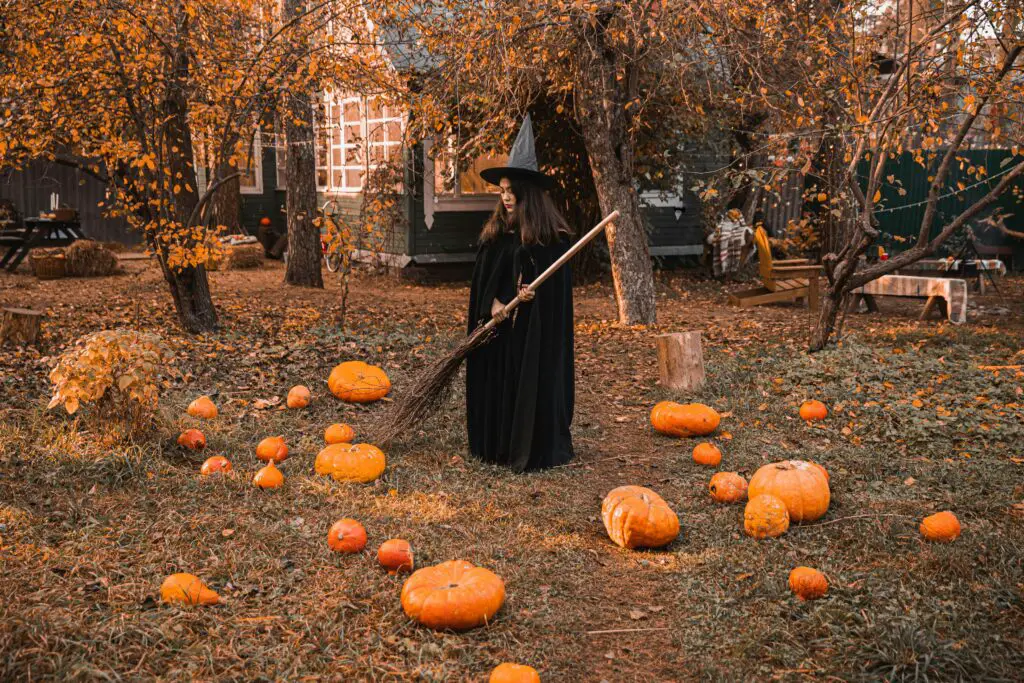
Wardrobe rooms were once filled with gowns, suits, and elaborate accessories. Over time, abandoned theaters left those costumes to rot in closets or on racks. Fabrics faded, seams split, and lace crumbled at the touch. Once-grand costumes now look more like ghostly shrouds. You can almost imagine the glamorous figures who once twirled in them onstage. The scent of mildew mixes with traces of old perfume. It’s equal parts fascinating and unsettling to see the transformation.
The eerie thing is how much personality seems to linger in these costumes. A shredded ballgown feels haunted by the actress who wore it. A torn tuxedo brings to mind the roles it was part of. Walking through a wardrobe room like this feels like stepping into a mausoleum of theater history. Every outfit whispers a story of a performance long gone. The decay makes it feel less like fabric and more like skin. That’s what turns them from relics into something truly chilling.
3. Dusty Projection Reels
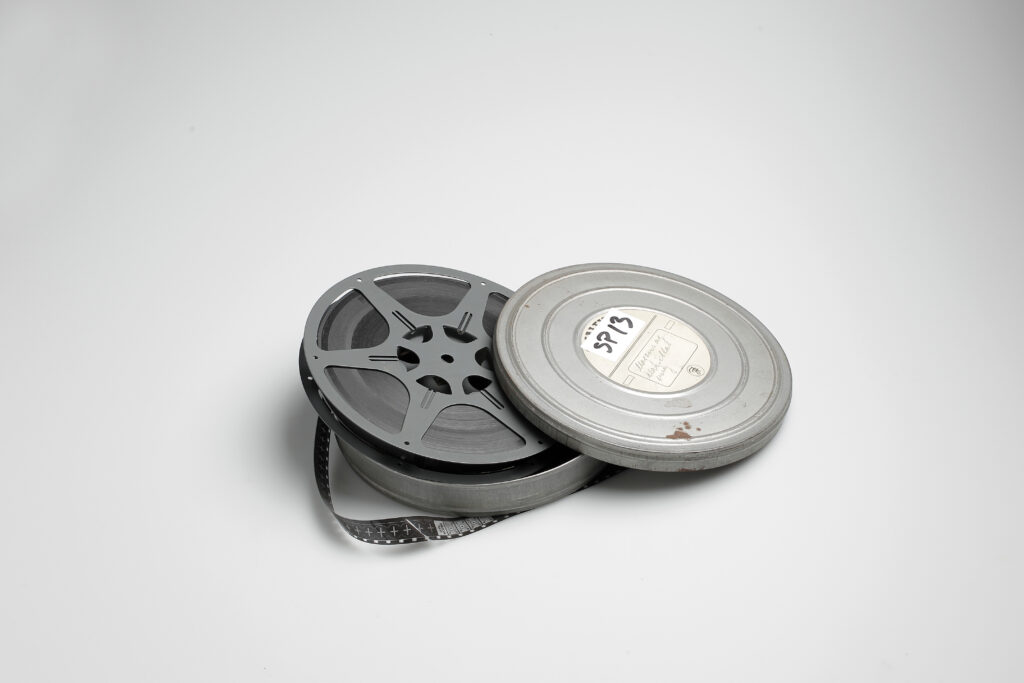
Projection rooms often hold onto forgotten reels of film. Metal canisters are left to rust, labels peel off, and no one remembers what was last played. Some reels contain old newsreels, advertisements, or forgotten shorts. Others are unmarked, which makes them even creepier. Imagine watching a reel and seeing flickering faces you don’t recognize. Sometimes they’re harmless, but other times the imagery is so strange it feels like it shouldn’t exist. The act of rediscovery itself adds to the eeriness.
Part of the spookiness comes from how personal film can be. These reels were once meant to entertain a crowd, but now they play only for curious explorers. The grainy flicker of light against peeling walls makes it feel like a séance of sorts. You’re watching shadows of people long gone, preserved without context. The eerie hum of the projector adds to the experience. It’s unsettling to think about how many stories were locked away on those reels. Some mysteries are best left in the canisters.
4. Mysterious Dolls
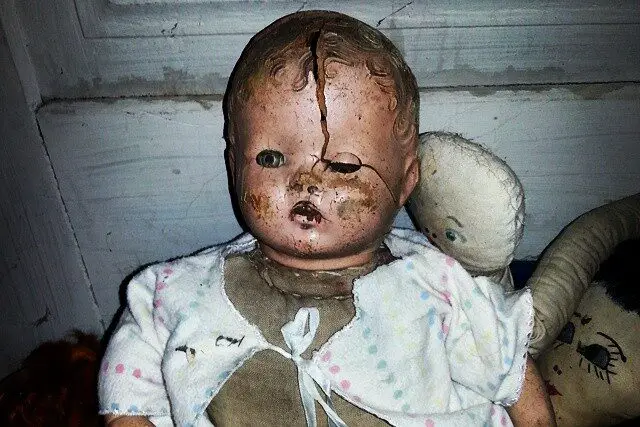
People exploring old theaters sometimes stumble upon dolls in unexpected places. A porcelain doll under a seat, a rag doll tucked backstage, or a toy left in the dressing room. Some may have belonged to children who once attended shows, but others seem deliberately hidden. Their cracked faces and missing eyes make them disturbing to look at. It’s as if they were planted there to scare anyone who found them. The odd placement raises more questions than answers. Why would anyone leave them behind?
The creep factor only grows when you consider the symbolism of dolls. They mimic life, much like actors on a stage. But when they’re abandoned, they feel more like corpses than playthings. Some believe theaters used them in productions, though there’s rarely proof. Standing in the dark with one staring up at you is enough to make anyone shudder. They become silent props in a theater that no longer has an audience. The stage may be empty, but the dolls keep watch.
5. Old Playbills and Tickets
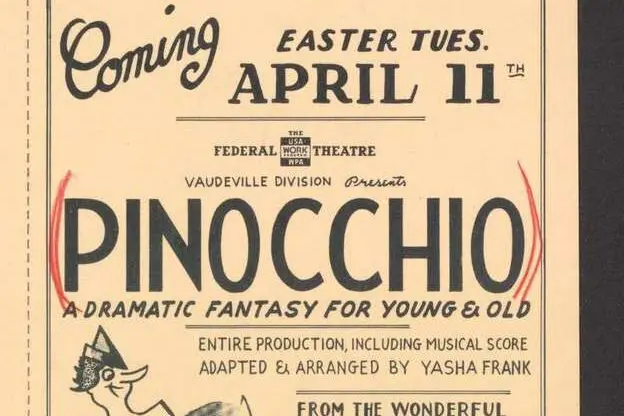
Stacks of playbills, tickets, and programs often sit untouched in abandoned theaters. At first glance, they seem harmless, just paper left to rot. But when you pick them up, you’re holding onto memories that have long since faded. The names of actors and shows might be ones you’ve never heard of. Yellowed pages crumble in your hands, carrying the smell of age. Some are scrawled with notes from theatergoers, like whispers from the past. The sheer volume of forgotten events creates an odd atmosphere.
It’s not the objects themselves that are unsettling, but the stories they represent. Each ticket was once a person’s entry to a night of joy or heartbreak. Now, they sit in silence, stripped of meaning. They remind you of all the voices and applause that once filled the room. Without the people, the paper becomes a grave marker of experiences. The eerie thing is how personal they still feel. It’s like stumbling across someone’s diary, only spread out in hundreds of copies.
6. Creepy Paintings
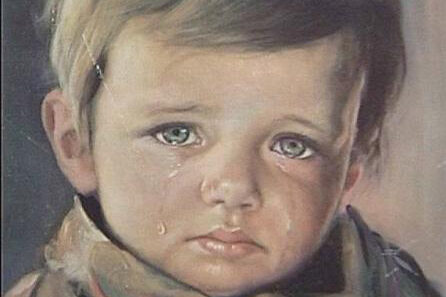
Some theaters decorated their lobbies and backstage areas with portraits of past performers. When the buildings were abandoned, those paintings stayed behind. With cracked paint and warped frames, they took on new life. The eyes often seem to follow you around the room. Dust makes the faces look ghostly, almost glowing in dim light. Even skeptics admit they feel watched in those spaces. The combination of art and decay makes the effect startling.
These portraits were once meant to honor performers, but in abandonment they become haunting reminders. You can feel the pride they were meant to display, but now it reads more like a warning. The silence around them amplifies the unease. Many explorers say they avoid looking directly at the faces. Something about a painted smile in a dead building feels wrong. They’re relics of admiration that time twisted into fear. In many ways, they are the theater’s last audience.
7. Abandoned Makeup Kits
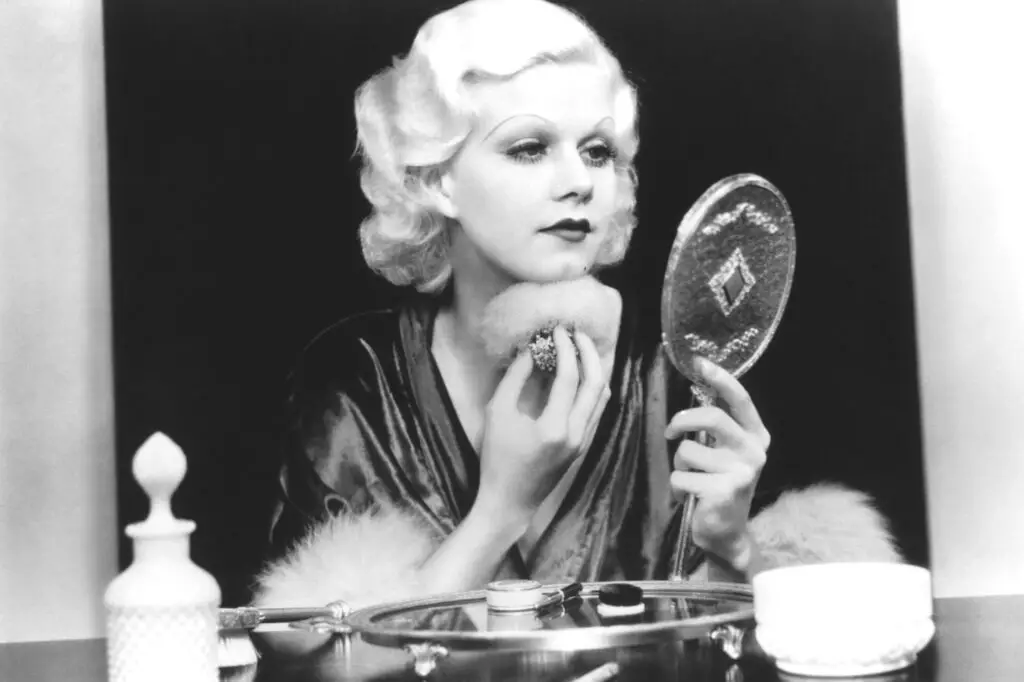
The dressing rooms of old theaters often held onto makeup kits long after the performers left. Open compacts, half-used lipstick tubes, and brushes coated with dried powder litter the counters. Seeing them frozen in time feels like walking into someone’s private moment. The mirrors, often surrounded by lights, reflect the forgotten mess. In the silence, the objects feel almost alive, as if someone will return to finish getting ready. The smell of old cosmetics lingers faintly in the air. It’s an intimate glimpse into lives you’ll never know.
What makes it creepy is how personal makeup is. Each shade of lipstick or smudge of eyeliner was part of an identity on stage. Now, those tools sit abandoned, holding on to their last touch. It feels like intruding on someone who never came back. Some brushes still hold hair from decades ago, adding to the unease. These little kits remind you that performers lived entire lives within those walls. Their absence feels louder than their presence ever did.
8. Rusting Stage Props
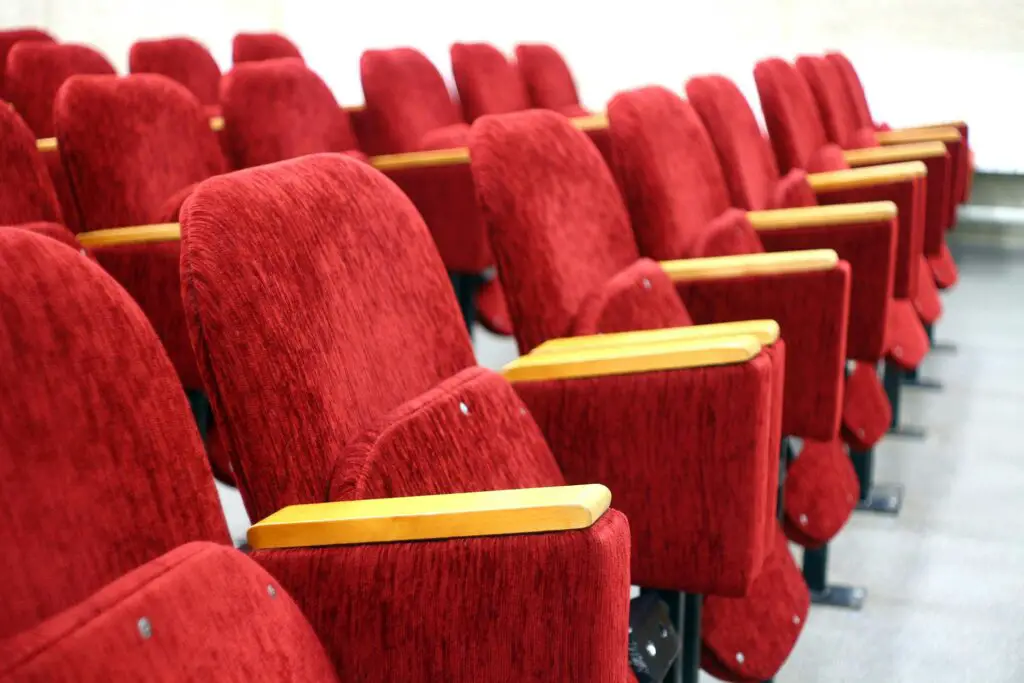
Props were rarely taken when theaters closed, leaving behind strange objects from old productions. A broken sword, a fake skull, or a painted backdrop might be found decaying in the wings. At first, they look like junk, but when you realize they were part of a performance, it changes everything. A fake coffin collecting dust backstage is a chilling sight. The peeling paint and cracked wood make them look more real than they ever did on stage. Props built to entertain now feel sinister. Their theatrical purpose is long forgotten.
The strange part is how these props blur the line between real and fake. In their prime, they were meant to create illusions for the audience. Now, stripped of context, they feel like artifacts from some dark ritual. A rusted sword leans against a wall like it was left after a fight. A skull on a shelf stares blankly, its meaning lost to time. These objects once told stories, but now they invent new ones in your imagination. And most of those stories are not cheerful.
9. Broken Organs and Pianos
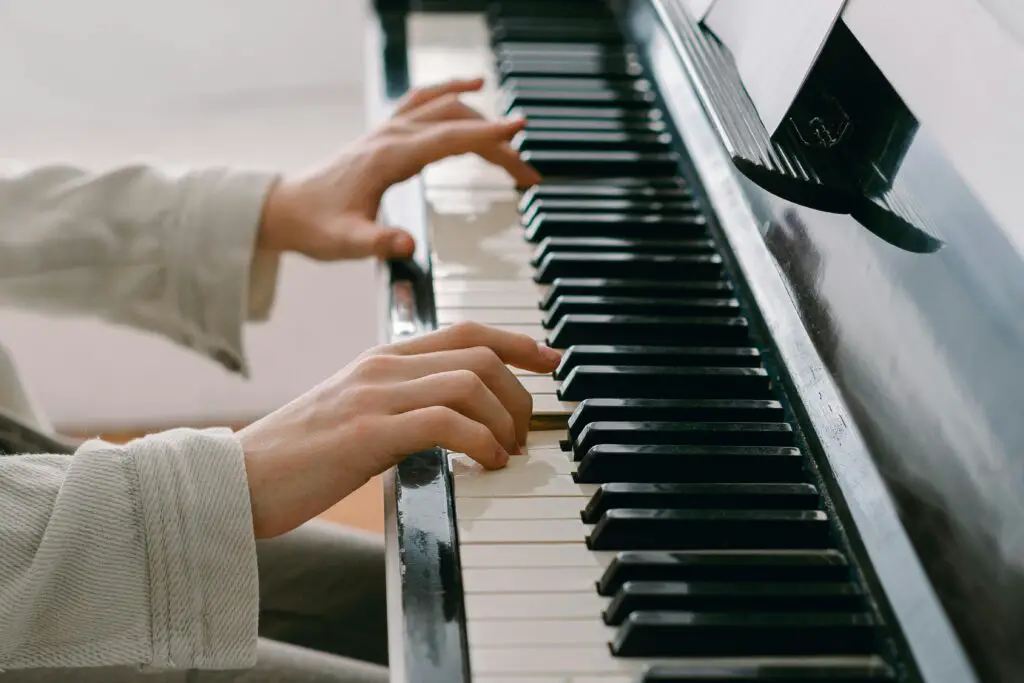
Many old theaters had organs or pianos, and when the buildings were abandoned, those instruments were too heavy to move. Years of neglect left keys warped, strings snapped, and wood splitting apart. A piano sitting silently in the dark feels far more tragic than one being played. If you press a key, sometimes a hollow, broken note still rings out. The sound echoes in the empty auditorium like a ghostly voice. Dust coats every inch, yet the presence of the instrument feels heavy. It’s like it remembers every song ever played.
The eeriest moments come when instruments make noise on their own. Wind blowing through cracked walls can cause faint sounds. Explorers have reported hearing organs wheeze or pianos hum without anyone touching them. It’s probably just the building shifting, but in the moment it feels supernatural. Instruments are tied so deeply to emotion that their silence feels deafening. A piano in decay is less an object and more a relic of vanished joy. In theaters, they become monuments to lost music.
10. Discarded Masks
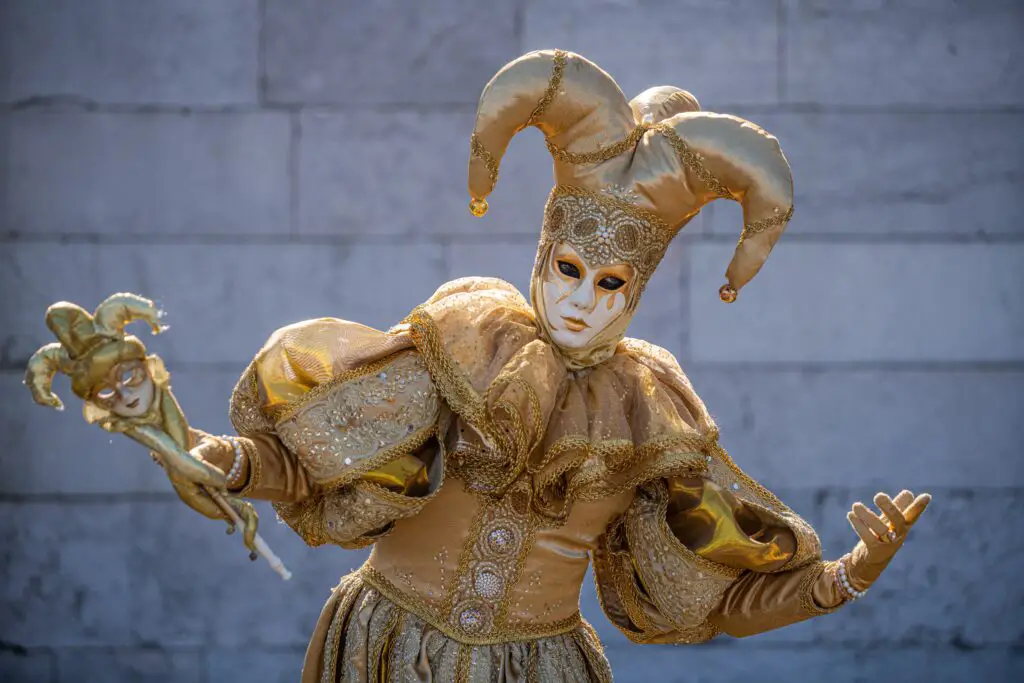
Theater productions often used masks, whether for plays, dances, or themed shows. When left behind, they become some of the most unsettling objects to find. A mask with cracked paint staring up from the floor is enough to freeze anyone in place. Some were beautifully made, others crudely painted, but in decay they all look frightening. Masks symbolize transformation, but without context they symbolize something darker. Seeing one lying in an abandoned theater feels like stumbling across a face that shouldn’t be there. The emptiness behind the eyeholes is deeply unsettling.
Masks are unnerving because they blur identity. They were once tools for actors to become someone else. Now they feel like remnants of people who no longer exist. The longer you look at them, the harder it is to imagine the performer who wore them. Instead, you picture something inhuman. A pile of masks in a dusty corner looks less like theater and more like a shrine. It’s easy to see why people describe theaters as haunted. Masks don’t just hide faces, they haunt them.
11. Empty Cigarette Cases and Bottles

Back in the day, smoking and drinking backstage was common. Many abandoned theaters still have cigarette cases, lighters, and old glass bottles tucked into corners. Seeing them feels strangely intimate, like discovering someone’s secret habit. The bottles are coated in dust, sometimes still holding a bit of liquid. Cigarette cases with initials engraved on them speak to personal stories. These items are ordinary, yet they carry an eerie weight when left behind. It’s like the owners vanished mid-break and never returned.
What’s unsettling is how these items make the theater feel frozen in time. You can almost picture performers laughing and taking a drink before stepping on stage. Now, the silence around them is deafening. The glass catches light in ways that feel almost deliberate. Cigarette cases snap open with a sound that cuts through the stillness. They’re everyday objects, yet they feel like offerings from ghosts. The people are gone, but their vices remain as shadows of who they were.
12. Forgotten Shoes

Backstage closets often held piles of shoes, and when theaters shut down, many were abandoned. High heels, tap shoes, and worn-out flats gather dust in forgotten corners. Some pairs look as though they were just kicked off after a performance. Others are broken, straps snapped or soles peeling. Shoes are so personal that seeing them left behind feels odd. You can imagine the energy of the dancer or actor who once wore them. Now they sit quietly, useless and lonely.
What makes them eerie is the feeling that they still carry movement. A row of tap shoes lined up in the dark feels almost like they’re waiting to start again. The scuffs and stains on each pair tell stories you’ll never know. Shoes mark where someone has been, and these mark stages now silent. To walk through a room filled with abandoned shoes is like stepping through a frozen parade. They represent absence more than presence. And that absence is what makes them haunting.
13. Personal Letters and Notes
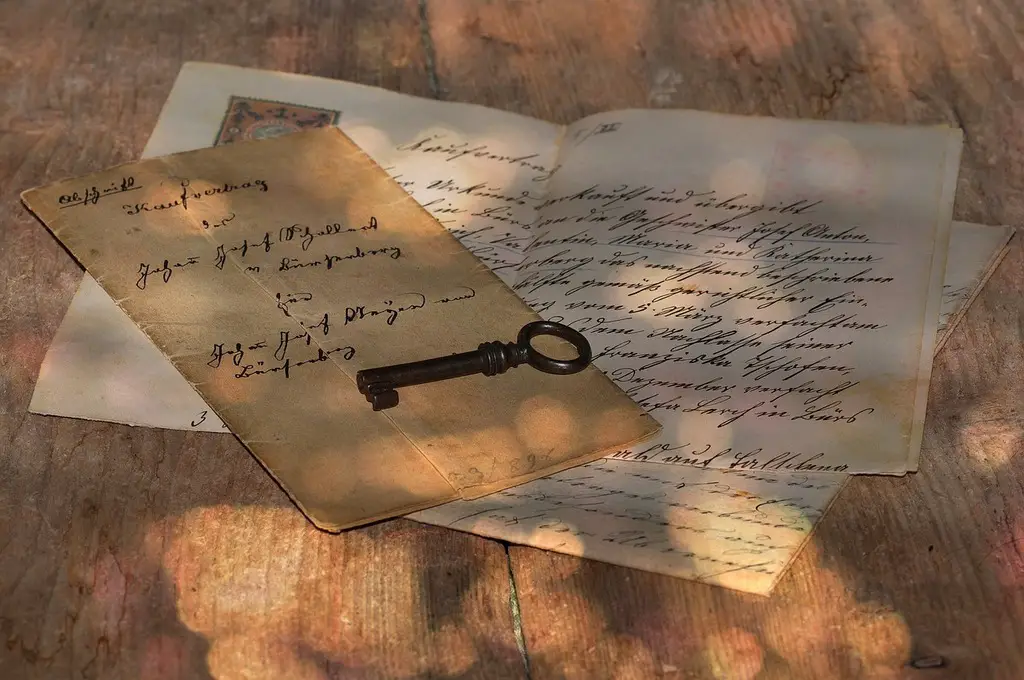
Every so often, explorers find handwritten notes in abandoned theaters. These might be love letters, cast instructions, or doodles passed during rehearsals. They are small, fragile pieces of human life hidden in dusty corners. Some letters are surprisingly emotional, speaking of heartbreak or triumph. Others are mundane, grocery lists scribbled on rehearsal paper. But all of them feel out of place in such silence. Finding them is like opening a time capsule you weren’t meant to see.
The creepiness comes from the intimacy of reading words never intended for you. Someone once held that paper, scribbled those thoughts, and left it behind. In an abandoned theater, those voices echo louder than applause ever could. The handwriting is often smudged, but the emotion still lingers. It’s unsettling to hold onto someone’s forgotten moment in your hands. These letters remind you that theaters were more than stages—they were homes for fleeting lives. And those lives are still whispering from the dust.
